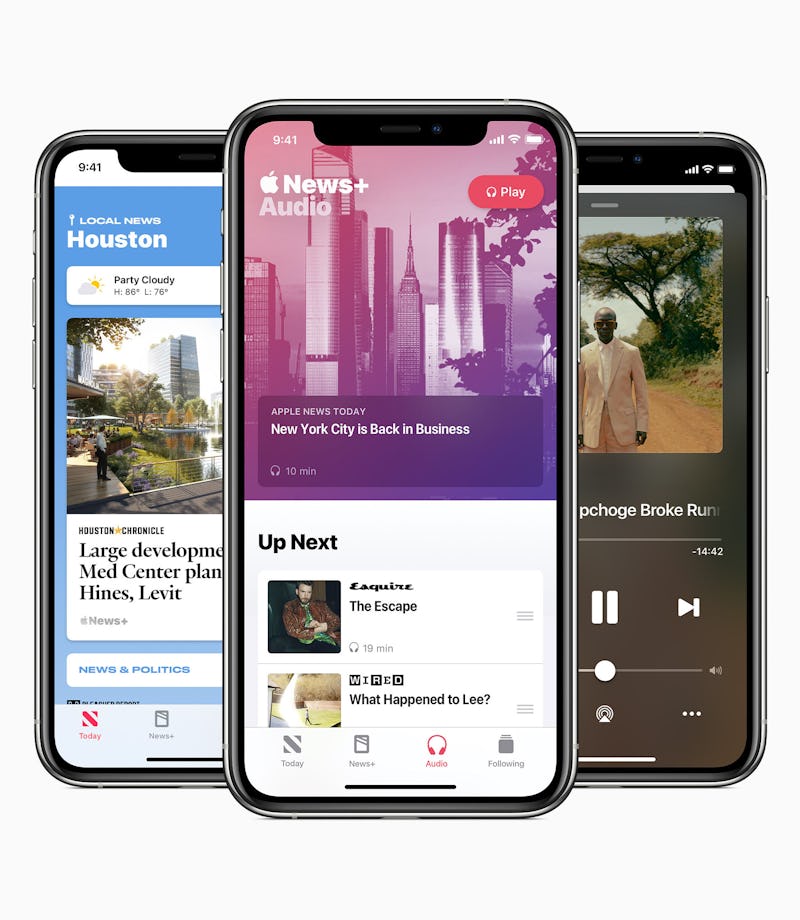2007: the original iPhone
Apple CEO Steve Jobs unveiled the first iPhone on January 9, 2007. Instead of the button-filled feature phones popular at the time, the iPhone used a giant capacitative multi-touch screen for interactions. Where popular BlackBerry devices sported a full QWERTY keyboard, the iPhone had just four buttons: two volume buttons, a ring / silent switch, and a home button.
The iPhone was initially unveiled with a plastic screen. This was changed to a glass screen ahead of the phone's launch on June 29. In 2017, Apple chief operating officer Jeff Williams described a last-minute dash to perfect the glass screen technology.
Features like the volume buttons and the ring / silent switch have remained present on every iPhone since.
The original iPhone, on the left, featured a metal casing with plastic at the base. The iPhone 3G, released 12 months later in 2008, ditched this casing for an all-plastic rear.
The iPhone 3G — and its 2009 successor, the iPhone 3GS — both came with black or white rear casings.
2010: The iPhone 4
The fourth-generation iPhone was a major redesign. The volume rocker was replaced by two circular buttons, the plastics were dropped from the rear in favor of glass, and the edges used a stainless steel frame. Oh, and the white option now switched the front bezel to white as well.
Steve Jobs said the device looked "like a Leica camera." The new design was also famous for causing connection issues.
Apple retained the same design for the next few years bar some minor tweaks. The iPhone 6S in 2015 used a strong 7000 series aluminum for the casing. The iPhone 7 in 2016 dropped the headphone jack, added waterproofing, and brought a dual-lens camera to the Plus model. The iPhone 8 in 2017 brought a glass casing back to the rear.
2017: The iPhone X
Debuting the same year as the iPhone 8 and 8 Plus, the X upended several expectations about the iPhone range. Gone was the iconic home button, replaced with a series of swiping gestures and a new face scanner. The 5.8-inch screen came in a body that measured around the same size as the iPhone 8, aided by new OLED technology.
Apple is expected to redesign the iPhone for the 2020 lineup. We'll find out just how much it's changed in September.
